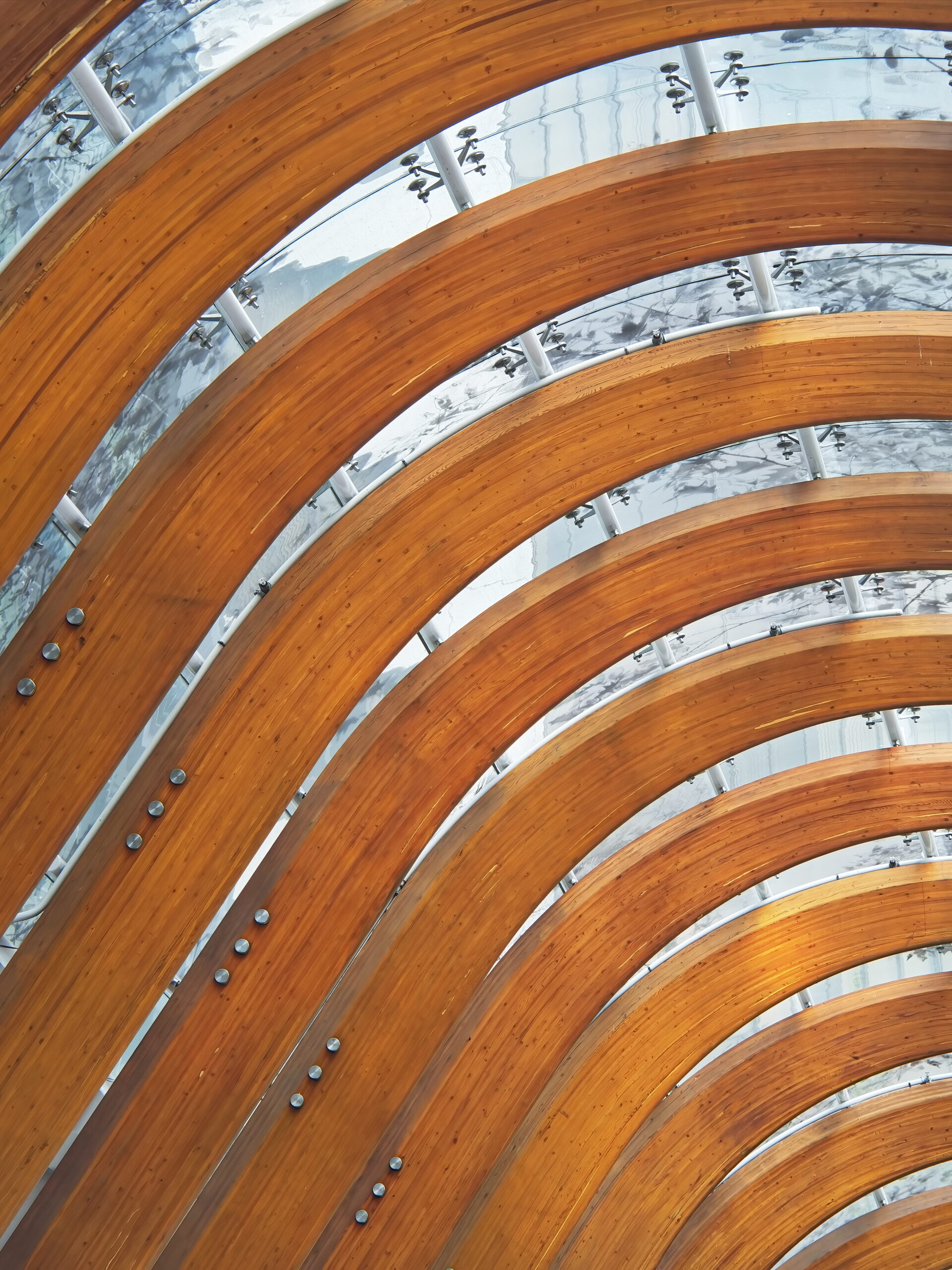Understanding Fiber Additional Layering Systems
Have you heard that over 90% of global web traffic depends on fiber optic technology? This information underscores the significance of each element in fiber optic cable manufacturing, especially the fiber secondary coating line. These setups are essential for securing the cables’ strength and performance.
This article will delve into the complexities of optical fiber secondary coating processes. We will analyze their essential role in protecting optical fibers. Furthermore, we will examine how these setups improve optical fiber resilience and performance. This understanding is vital for those engaged in SZ stranding line technology and production.
Introduction to Fiber Optics
Fiber optics has changed communication, employing light waves over electric currents. This approach guarantees fast data transfer with minimal data degradation. At the center of this technique are the basics of optical fiber communications. These foundations are reinforced by a complex structure. It includes a nucleus, encasing, layer, strengthening fibers, and a protective jacket. Each component is vital for the system’s efficiency.
The technology’s incorporation into telecommunications has reshaped our data exchange system. It efficiently manages large data volumes, supporting online, voice services, and television systems. As a result, fiber technology not only enhances efficiency but also guarantees consistency worldwide.
What is Fiber Auxiliary Coating Lines
A optical fiber secondary coating process is a assembly of specialized equipment and procedures. It adds defensive layers to fiber strands after fabrication. This additional covering is crucial for the fibers’ resilience and operation. It shields them from external and physical dangers. The importance of coatings in maintaining fiber optics’ integrity is evident.
Meaning and Relevance in Optical Fiber Manufacturing
The auxiliary layering operation is critical in optical fiber production. It involves covering the fiber cores with a polymeric covering. This coat safeguards the strands during installation and operation. It increases the durability of fibers by mitigating damage from flexing, wearing, and foreign materials.
Without these coverings, fibers would be susceptible to breakage and operational challenges. This process is essential for upholding the fiber’s resilience.
The Function of Layers in Defending Fiber Strands
Coatings are key in preserving the optical clarity and physical strength of fibers. They serve as a defense against mechanical pressure and environmental factors. The significance of coverings is evident; they enhance the fiber durability. This ensures more efficient deployment and a prolonged operational period.
This attention to additional covering is vital for those in optical fiber technology. It’s a element that significantly impacts the fiber’s performance and lifespan.
Parts of Optical Fiber Auxiliary Coating Systems
The fiber secondary coating line is a complex system, comprising multiple essential components. These parts are vital for manufacturing top-notch items. They aid in understanding how a optical fiber auxiliary system operates and what it requires to function properly.
Key Machinery Overview
Primary tools like fiber spoolers, gel units, polymer applicators, junction units, and cooling units constitute the center of the secondary coating line equipment. Each machine is vital for the coating process. For example, the extruder melts the covering substance, and the crosshead coats it consistently around the fiber. These components must work together to provide consistent manufacturing and item reliability.
Raw Materials Used in Coating
The selection of raw materials for layering is essential for reaching the intended result. UV-cured acrylate polymers are often selected for their superior protective qualities. These compounds protect the optic, boost its longevity, and boost total functionality. The right mix of substances ensures the end output conforms to sector norms and customer expectations.
Grasping the Secondary Layering Procedure
The additional layering procedure is crucial in the fabrication of optical fibers, delivering crucial protection to the recently created strands. This process involves the coating with defensive layers to enhance the fiber strand’s strength and functionality. The timing of this process is essential; it provides optimal adhesion, thus cutting down on waste and improving production efficiency.
Fabricators use different covering methods, including plastic coating and gel layering, to tailor specific coating properties and thicknesses. Each method provides distinct advantages, ideal for diverse strand operations and needs. As the need for superior optical fibers grows, advancing the secondary layering procedure is essential. It is crucial for upholding sector norms and advancing coating technology.
Significance of the Draw Tower in Auxiliary Covering
The optical fiber drawing structure is essential in the manufacturing of fiber optics. It pulls optics from starting material while coating with protective substances as they solidify. The caliber of the extraction structure is essential, impacting the coating’s effectiveness.
Functioning of the Draw Tower
The drawing system heats the preform before drawing the fiber at a regulated speed. This process is essential for maintaining the fiber strand’s durability. As the fiber comes out, coatings are added without delay for consistent shielding against environmental and mechanical risks. The draw tower’s design guarantees perfect layer addition timing and bonding.
Relationship Between Draw Tower and Coating Quality
The draw tower’s quality directly influences the covering’s outcome. Inconsistencies in the fiber pulling procedure can cause irregular layering dimensions, affecting the optic’s functionality. Superior drawing systems eradicate these challenges. A even layering setup boosts fiber durability, making the fiber secondary coating line more durable and useful in diverse operations.
Characteristics of High-Quality Secondary Coatings
Top-tier coverings are crucial for the functionality and dependability of fiber optic arrangements. They must comply with strict structural and optical guidelines to provide information transfer effectiveness. This understanding aids fabricators in designing more reliable items.
Physical Strength and Light Transmission Guidelines
Secondary coatings need to display outstanding mechanical properties. They must withstand physical stress and maintain performance across different external factors. This requires sticking firmly to the optic’s center and preventing contraction or stretching. Moreover, they should enhance visual transparency, ensuring fast information exchange with negligible attenuation.
Relevance of Attachment and Prevention of Coating Detachment
Adhesion of the coating to the glass core is crucial for the network’s durability. Without robust attachment, the risk of coating detachment rises, likely resulting in malfunctions. Superior layers are designed to avoid coating detachment, providing durability and stability across diverse operations. This toughness not only prolongs the fiber strand’s longevity but also improves functionality, underscoring the need for selecting superior coating materials.
Innovation in Auxiliary Covering Systems
The progression of auxiliary covering systems is motivated by the pursuit of productivity and high-quality items. In the fiber optic industry, the embracing of advanced covering tools is increasing. These developments feature live tracking setups and better polymer applicators. Such tools facilitate producers to sustain high-quality standards while simplifying manufacturing operations.
Innovations in Secondary Coating Line Equipment
Latest innovations in secondary coating lines have changed production possibilities. New extruder systems now deliver accurate regulation over the covering operation. This causes enhanced regularity and performance in the final product. Robotization and smart technology integration additionally facilitate quicker manufacturing processes with minimal manual input. This not only minimizes errors but also improves total productivity.
Juxtaposition of Auxiliary Covering Systems
Analyzing multiple secondary layering methods is vital. Scalable arrangements stand out for their versatility and scalability. They allow manufacturers to adjust to fluctuating production demands without large-scale setup alterations. In contrast, conventional systems are recognized for their dependability and established performance. The decision on method hinges on a business’s unique demands, cost considerations, and production goals.
Benefits of Auxiliary Covering Systems
Secondary coating lines offer many perks to producers in the optical fiber sector. They boost the manufacturing operation, causing greater cost efficiency and higher product standards.
Cost-Efficiency in Production
Secondary coating lines are essential to reducing production costs. They reduce excess material and optimize processes, leading to major financial savings. This efficiency enhances financial returns, making it essential for businesses wanting to maintain an edge.
Improved Product Quality and Durability
Auxiliary covering systems also boost product quality. The long-lasting layers coated through these systems improve the item strength of fiber optics. This translates to extended durability and consistency, guaranteeing improved effectiveness and customer happiness.
Implementations of Secondary Layering Processes
Secondary layering processes are vital across different sectors, ensuring the reliability and functionality of fiber strands. These optics are vital in telecommunications, forming the foundation of rapid web access. They enable effective information transfer, connecting consumers globally.
In the healthcare industry, these optics are essential for medical tools and diagnostic equipment. Their exactness and strength are vital for healthcare uses. The uses of optical fiber auxiliary covering also extend to space and defense sectors, where they enhance network setups and sensor technologies.
Electronics for consumers reap advantages from the increased resilience of these optics. They back tools functioning in challenging settings. The versatility of these strands permits creative developments, making them vital in today’s contemporary technological environment.
Impact of Secondary Coating on Fiber Optic Performance
The auxiliary covering is vital for enhancing optical fiber functionality, concentrating on optic resilience and minor bending issues. A carefully crafted covering can greatly reduce minor optical fiber flaws that might lead to collapse under strain.
Impact of Coverings on Fiber Durability
The tensile strength of optical fibers is crucial for their dependability across multiple operations. Additional layers deliver a protective layer that mitigates pressure, reducing the risk of breakage. This shielding coat guarantees that strands maintain their structural integrity under outside forces, ensuring consistent performance over time.
Microbending Performance and Its Importance
Light distortion can alter optical paths within optical fibers, resulting in communication issues. Powerful secondary layers reduce these bending issues, ensuring fibers maintain their light transmission qualities even in challenging settings. By minimizing light distortion, manufacturers can ensure optical fiber strands offer superior effectiveness and strength over time.
Market Trends and Innovations in Fiber Secondary Coating
The fiber optics secondary layering market is undergoing considerable transformations, driven by the requirement for improved functionality and eco-friendliness. This change is led by the exponential growth in data communications, increasing understanding of the need for superior substances and cutting-edge covering techniques. These developments underscore the necessity of using top-tier compounds and methods in the covering market.
New Developments in Covering Methods
Progress in layering techniques have resulted in the development of innovative synthetic compounds. These materials provide superior mechanical properties and environmental resilience. Such advancements not only bolster the resilience of optical fibers but also lessen the carbon footprint. Moreover, improved production methods ensure better exactness in coating, resulting in uniform output standards.
Outlook for Auxiliary Covering Systems
The forecast for secondary layering processes is anticipated to include the integration of automation and smart technologies. These innovations are anticipated to simplify manufacturing, thus reducing costs and enhancing product quality. As the industry develops, the emphasis will remain on exploration and advancement. This will push more advancements focused on fulfilling the requirement for rapid communication and eco-friendliness.
Hurdles in Secondary Layering
The fabrication of fiber strand layers faces numerous challenges that impact manufacturing productivity and output standards. A critical problem is the difficulty in maintaining consistent coating thickness across multiple fiber models. Such inconsistencies can result in covering challenges, influencing the fibers’ overall performance and dependability.
Maintaining firm attachment between the layer and the strand is another critical challenge. Poor adhesion can result in the coating to fail early, either during application or later on. Additionally, pollutants in the covering procedure present major production obstacles. These impurities can undermine the coating’s integrity and performance. Fabricators must balance adhering to strict environmental regulations with innovations in production to surmount these obstacles.
Overcoming these challenges is vital to satisfy the increasing industry needs. It prepares the ground for improved durability and dependability in fiber optic applications.
Overview of Secondary Layering Processes
The summary of optical fiber auxiliary covering systems underscores their essential purpose in manufacturing dependable and high-quality fiber optic cables. These processes not only boost the mechanical and optical properties of fiber strands but also protect them from external dangers. This ensures the fiber strands stay durable over their operational life.
Developments in processes have taken the benefits of fiber secondary coating line to unprecedented levels. They improve manufacturing productivity, minimize material loss, and cause higher item excellence. The innovations facilitate stronger bonding and durability against problems such as layer separation, which significantly impacts functionality.
Understanding the importance of secondary layering processes supports players in the fiber optics market in choosing wisely. This knowledge leads to enhanced item availability and manufacturing productivity. Such advancements are vital in today’s intense sector.
Common Inquiries
Definition of a fiber secondary coating line?
A fiber secondary coating line is a system designed to apply protective layers to optical fibers. This process happens following fiber pulling, ensuring the fibers’ durability and performance.
Significance of the auxiliary covering operation in optical fiber production?
The secondary layering procedure is essential. It protects the fiber strands against physical and external dangers. This increases their lifespan and dependability, while maintaining their optical integrity.
Key elements of an auxiliary covering system?
Primary elements comprise fiber spoolers, gel units, extruders, connection points, and temperature control systems. These components function seamlessly to coat with defensive layers to fiber optics.
Common substances in auxiliary covering?
Frequently used substances include UV-set plastic materials. These deliver a defensive cover against damage from bending, abrasion, and contaminants.
How does the fiber draw tower contribute to the coating process?
The fiber draw tower manages the extraction of optics from starting material and coats with protective substances as they harden. This substantially affects the layering standard.
What mechanical and optical performance standards do secondary coatings need to meet?
Additional layers must adhere well to the glass core, avoid coating detachment, and endure mechanical pressure. This boosts the optic resilience and optical clarity of the fiber optics.
What are some emerging technologies in secondary coating lines?
Emerging technologies comprise improved polymer applicators and live tracking for ensuring standards. These innovations boost layering functionality and operational efficiency.
Perks of secondary layering processes for fabricators?
Secondary coating lines cause economic effectiveness in manufacturing, better output standards, minimal wastage, and enhanced longevity and effectiveness of fiber optic cables.
Uses of secondary layering processes in different fields?
These lines are employed in communication networks, clinical, aerospace, and electronic gadgets. They provide reliable fibers for high-speed internet services and data centers.
Effect of auxiliary coverings on fiber durability?
Secondary coatings protect minor flaws and minimize minor bending issues. This ensures the fibers retain their optical characteristics and perform consistently under multiple settings.
What are the current challenges faced in fiber optic coating manufacturing?
Manufacturers experience hurdles like maintaining coating thickness consistency, maintaining firm attachment, preventing contaminants, and complying with eco-rules while advancing technology.
Future advancements in secondary layering sector?
The industry is projected to experience more robotics, intelligent tool adoption, and progress in plastic compounds. These should boost green practices and covering efficiency.



